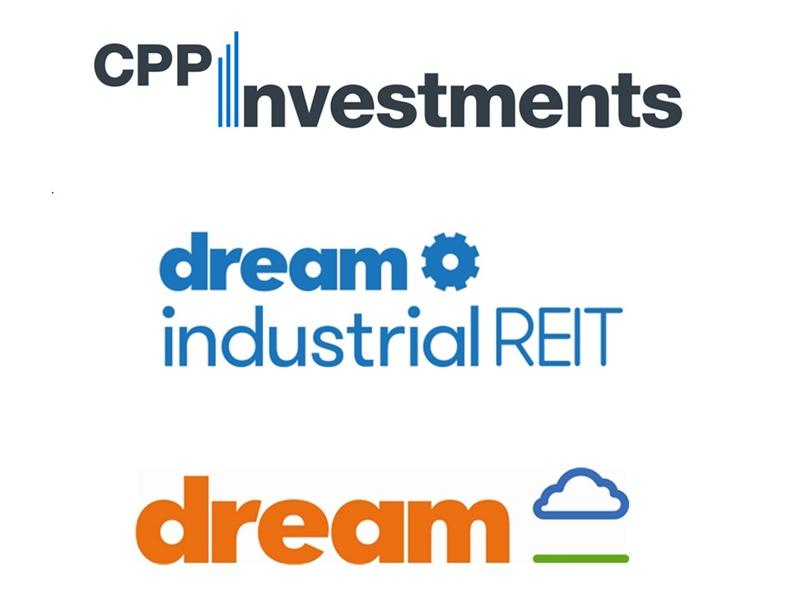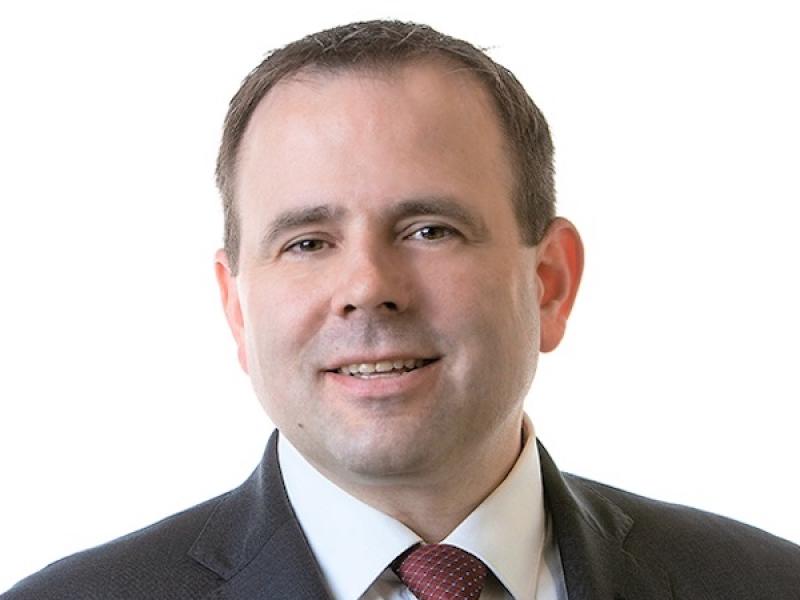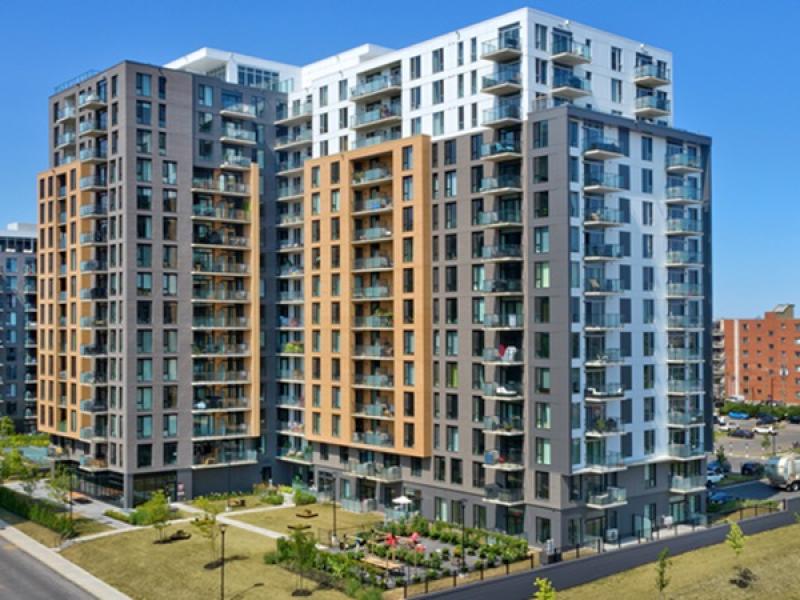
Activity in Calgary’s commercial real estate investment market has been healthy this year, with a shift taking place of institutional owners moving out of the market and being replaced by private buyers.
The appetite for multifamily investment is outstripping that for office properties, industry executives told attendees during the recent Calgary Real Estate Forum panel: Overview of the office, retail, industrial and multi-unit residential markets in Calgary: transaction updates.
Duncan MacLean, CBRE's executive vice-president, national investment team said more private capital is moving into the market as institutional capital exits.
“Multifamily has really picked up the slack where office has dropped off,” he said. “We’ve seen the resurgence in multi-family here. For the longest time in 2015 is when we saw a massive reduction in values in Calgary (for office property) and that’s because we had a commodity crash . . . then we had COVID.”
MacLean said pension funds have been adjusting their real estate allocations. Canadian pension funds have historically allocated between 12 and 14 per cent of their portfolio to real estate. International pension funds generally allocate six to eight per cent of their funds to real estate.
The bulk of a spate of recent downtown office transactions are either for conversions or private buyers looking for good deals and lower per-square-foot prices.
MacLean said grocery-anchored retail remains an attractive investment in the Calgary market: “In the last year almost everybody we’ve talked to on the institution (side), they ask 'Where do I find grocery-anchored retail?' ” he said, adding that essential retail proved to be a pandemic-proof asset class.
What the Calgary statistics show
In an interview following the Forum, MacLean said population and job growth in the province has increased the focus on Alberta from investors. Multifamily is the most active sector because of its strong fundamentals but there is growing activity across all product types.
“Institutions have been reducing weightings to real estate, which has allowed private capital to compete in a higher leverage cost environment,” he said.
“There are institutions that are building up equity and getting ready to deploy it, once that happens it will create upward pressure on values for the assets in primary markets. This will, in turn, increase overall transaction volumes as private buyers will still be active but will shift their focus elsewhere to not compete with the institutional money.”
According to CBRE data up to October, the dollar volume for CRE transactions in the Calgary market was $1.73 billion. That breaks down to:
- $247.95 million for downtown office;
- $12.97 million for suburban office;
- $135.74 million for industrial;
- $347.82 million for retail;
- $634.96 million for multifamily;
- $24.6 million for ICI Land,
- $290.32 million for residential land;
- and $37.91 million for hotel.
MacLean said there was another $500 million in transaction activity set to close before year end.
Quiet year for industrial so far
During the forum panel, Casey Stuart, executive vice-president, JLL Capital Markets, said the industrial investment market has been very quiet overall this year.
“There’s been two transactions above $10 million this entire year,” he said. “Two transactions over $10 million is a very odd year. I think the biggest challenge that we’ve seen is the buyer/seller price gap is real. It is closing . . . but reductions in interest rates that we all foresee are not going to help it . . . When you look at the transactions, private has dominated for the most part. There’s exceptions to the rule . . .(but) it was a challenging year for industrial.”
Those two transactions were for $16.2 million in June for East Shepard Industrial and $62.25 million in March for the Rocky View Business Park. There have been offerings in the market but it’s very selective with capital very scarce at the moment.
“The urgency is not there to push through,” he said.
Office sees shift from institutional
Brittany Block, associate vice-president, Colliers, said the office market isn't as familiar with today's private owners.
“The institutional landlords, we know who they are. We know who all of these players are. We know exactly what that deal is going to look like. We know exactly what type of cash they’re going to put in,” she said. “We know the building is going to be well-maintained. We know that everything is going to be taken care of.
“A lot of these private groups we are getting to know.”
She said the flight-to-quality will continue in the office market for the near future with positive absorption returning this year.
Romain Collet, assistant vice-president, real estate manager, Mackenzie Investments, said Calgary has strong fundamentals and population growth. But when it comes to office property “I wouldn’t touch that with a 10-foot pole,” he quipped.
Multifamily remains a stable sector
According to data from The Network (which was not presented at the Forum), at the end of Q3 the dollar value of Calgary transactions was just under $2.7 billion with 593 transactions, representing a three per cent year-over-year decrease.
According to data from Anthony Scott, director of research at Barclay Street Real Estate, Calgary’s multifamily market has demonstrated strong long-term investment stability. This asset type has a 10-year average of more than $295 million in annual investment from 2013 through 2023 and 2024 is on-track to surpass that total.
“Investment in this asset type has exploded since 2021 and this has largely coincided with Canada welcoming record numbers of newcomers – many of whom chose Alberta as their destination,” said the report.
“According to Calgary Economic Development, Calgary’s population grew by nearly 100,000 people through 2023 and a similar population increase is expected to be realized through 2024. In tandem with the above, the Canada Housing and Mortgage Corporation (CMHC) tracked a decrease in Calgary’s rental apartment vacancy to 1.4 per cent at the end of 2023. That rate is forecast to drop to just 1.1 per cent at the end of 2024. Calgary’s variety of multifamily formats has drawn investors’ interest and capital to the extent that 2023 investment more than doubled the aforementioned 10-year average with over $657 million in transactions, and year-to-date 2024 totalled just under $613 million.
“At this rate, 2024 multi-family investment is set to eclipse 2023 levels and in doing so, set another all-time record for this asset group.”










